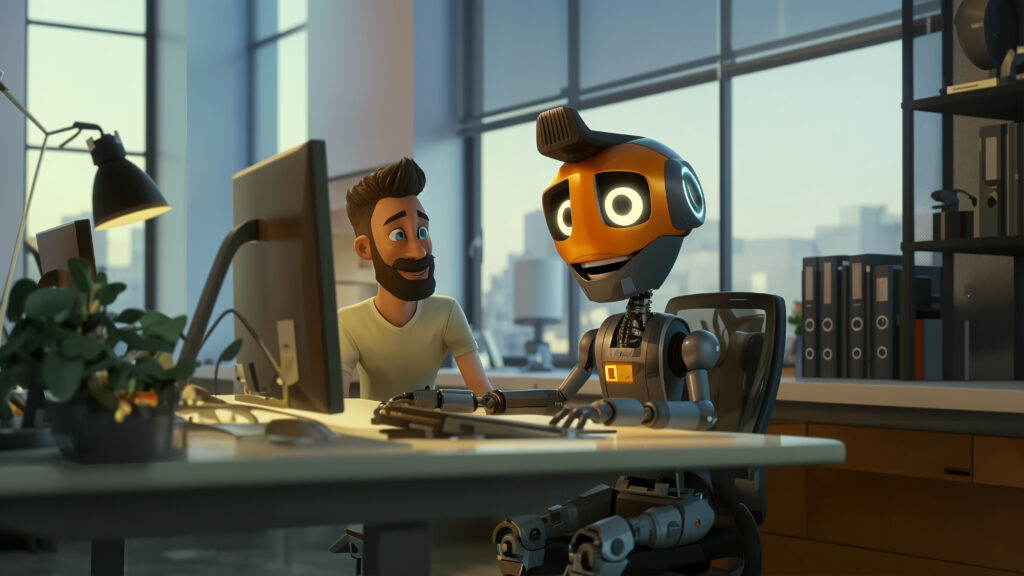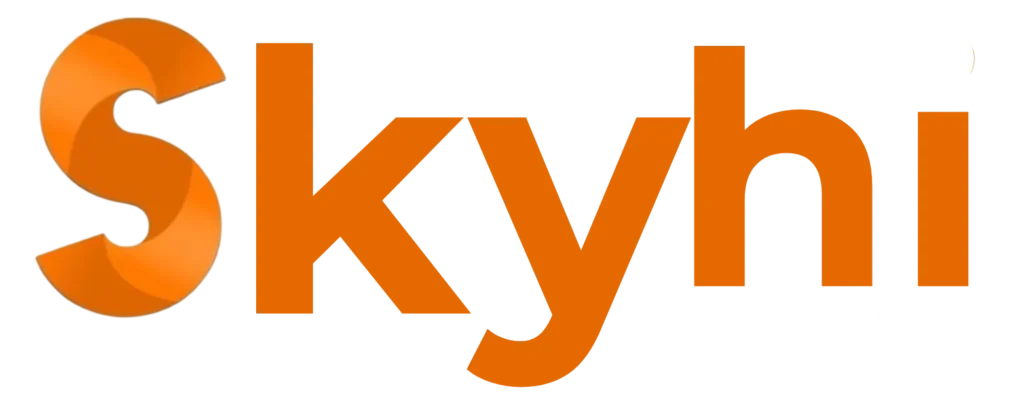Unleashing The Power of 3D Animation

Introduction
In today’s digital world, 3D animation has become more than just an artistic medium—it is a revolutionary tool for businesses, marketing, gaming, and entertainment. With rapid advancements in 3D animation software, companies are utilizing its potential to engage audiences in unique ways. In this blog, we’ll explore what 3D animation is, its evolution, its applications in business, and how to master this powerful tool in the future.
(Keyword used: 3D animation, 3D animation software)
What is 3D Animation?
At its core, 3D animation is the process of creating moving images in a three-dimensional environment, making objects look alive and interactive. Unlike 2D animation, which is flat and has limited movement, 3D animation allows animators to create depth, movement, and lifelike interactions that resonate with audiences. From animated movies like Toy Story to cutting-edge business marketing campaigns, 3D animation brings ideas to life with a level of detail and immersion unmatched by other forms of visual media.
The Evolution of 3D Animation
The journey of 3D animation began with basic wireframe models and has now evolved into complex, realistic animations. In the 1990s, films like Jurassic Park and The Matrix showcased the possibilities of this medium, leaving audiences in awe. Fast forward to today, and technologies like virtual reality (VR) and augmented reality (AR) have expanded the boundaries of 3D animation, creating endless possibilities in gaming, simulations, and user experiences.
With motion capture technology and AI-driven animation tools, 3D animators can now create realistic character movements, facial expressions, and interactive environments, making the industry even more exciting.
(Keyword used: 3D animation, future of 3D animation, industry trends)
Key 3D Animation Software You Should Know
To create high-quality animations, having the right 3D animation software is critical. Here are some of the top tools that professionals use:
- Blender: Known for being open-source and free, Blender is a powerful tool with capabilities ranging from 3D modeling to texturing, rendering, and more.
- Maya: Industry-standard software, Maya is widely used in movies and games for high-quality animations, including character rigging and dynamics.
- Cinema 4D: Ideal for motion graphics, Cinema 4D is user-friendly but offers advanced features for 3D animators.
- 3ds Max: Popular in architectural visualization and game design, this tool specializes in 3D modeling, rendering, and animation.
Using these tools, businesses can create high-quality marketing materials, interactive models, and promotional animations that engage their target audience.
(Keyword used: 3D animation software, learning 3D animation)

Benefits of 3D Animation for Businesses
Integrating 3D animation into your business can significantly improve customer engagement and brand awareness. Here’s how it can be beneficial:
- Enhanced Storytelling: 3D animation provides businesses the ability to visually tell their stories in a compelling and immersive manner. Whether it’s product demos or brand narratives, 3D visuals capture attention like no other medium.
- Better Engagement: Studies show that people are more likely to engage with visual content. A well-crafted 3D animation can convey complex ideas quickly and effectively.
- Cost-Effective Marketing: Although the initial investment may seem high, the return on investment (ROI) from using 3D animation in digital marketing campaigns can be significant, thanks to increased engagement and conversion rates.
- Brand Differentiation: Companies using 3D animations can stand out from their competitors, offering a more modern and interactive user experience.
(Keyword used: benefits of 3D animation in marketing, 3D animation)
The Future of 3D Animation
The future of 3D animation is promising, with technological advancements paving the way for more innovative applications. Here are some trends shaping the industry:
- AI Integration: Artificial intelligence is helping automate tedious processes, allowing animators to focus on creativity rather than repetitive tasks. This will lead to faster production times and even more realistic animations.
- Virtual Reality (VR) and Augmented Reality (AR): As VR and AR become more mainstream, they will push the boundaries of what’s possible in 3D animation, creating even more interactive experiences.
- Real-time Rendering: Thanks to modern GPUs, real-time rendering is becoming more accessible, making animations quicker to produce without compromising quality.
- Cloud-based Animation Tools: With the rise of cloud computing, animators can collaborate and work on complex projects remotely, opening up new possibilities for global teams.
As businesses adapt to these innovations, 3D animation will continue to play a crucial role in enhancing customer experiences and driving sales.
(Keyword used: future of 3D animation, industry trends)
Conclusion
3D animation is a dynamic and rapidly evolving field that offers tremendous potential for businesses, marketers, and creatives. From enhancing storytelling to engaging customers, its applications are vast. As technology continues to evolve with AI, VR, and AR, the opportunities in 3D animation will only expand, making it a vital tool in the future of marketing and digital experiences.
Investing in the right 3D animation software and staying ahead of the latest trends can give your business a competitive edge. By understanding the key benefits and learning how to integrate 3D animation ethically and effectively into your marketing strategy, you’ll be positioned for success in the ever-evolving digital landscape.
(Keyword used: 3D animation, benefits of 3D animation)
Call-to-Action:
Explore our agency’s cutting-edge 3D animation services and see how we can help bring your business vision to life with immersive, high-quality animations that resonate with your audience. Contact us today!





